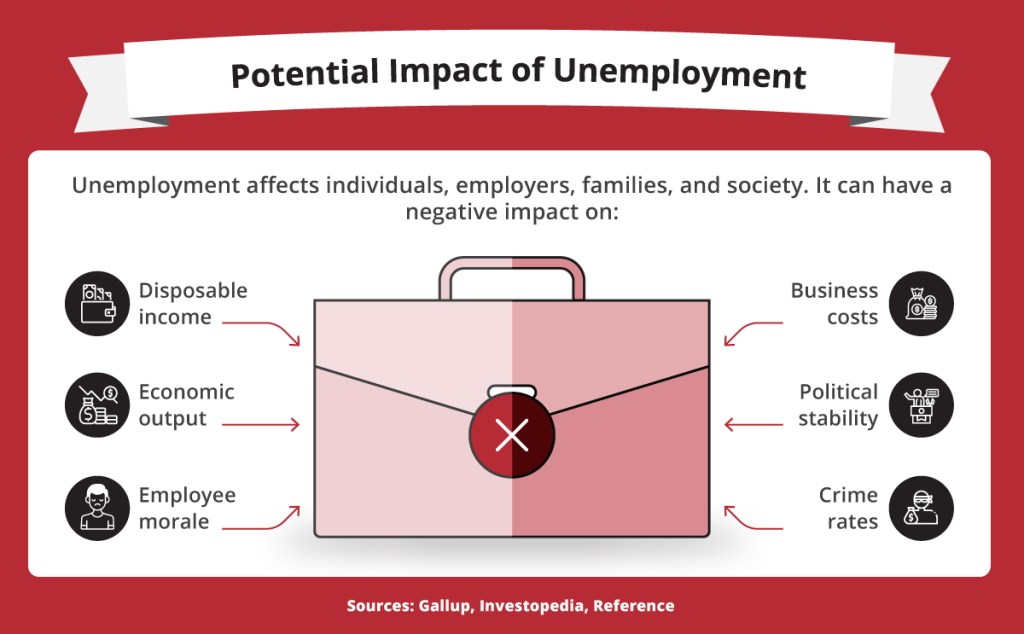
Taylor is late to work every day, calls in sick once a week, and feels unheard and unappreciated. At the same company, Hayden volunteers ideas at team meetings, goes the extra mile for clients, and feels part of a meaningful mission. Hayden is engaged and motivated, and is therefore more likely than Taylor to work hard, stay with the company, and champion it to others. Lack of engagement and motivation, like Taylor’s, typically leads to high employee turnover, which costs companies time, money, and talent. On the other hand, strong engagement and motivation, like Hayden’s, leads to high employee retention. […]








